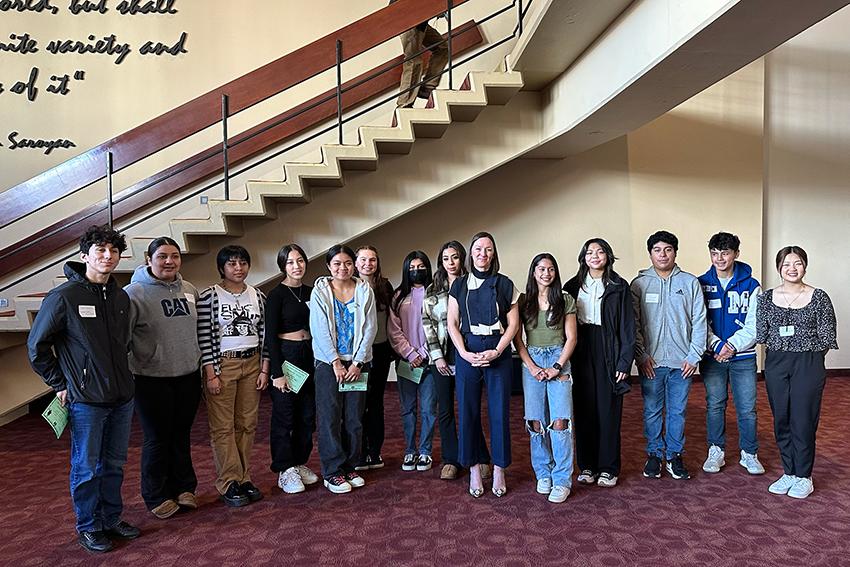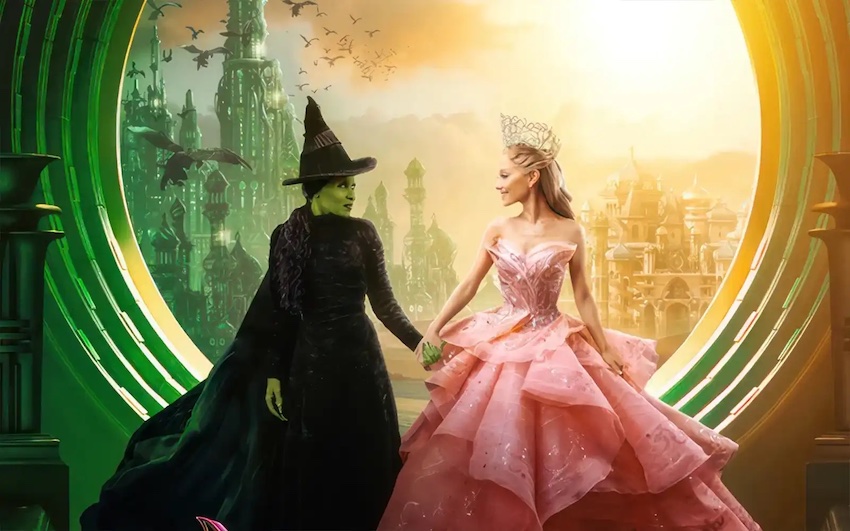
Zoo adds new improvements
The Fresno Chaffee Zoo has recently added a unique element to the tiger exhibits on display. In addition to the recent improvements, Malayan tiger cubs have recently made their appearance to the public.
Malayan tigers are typically found in southern and central Malaysian Peninsula. Their life span is about 15 years in the wild and up 20 years in captivity. Their population estimate as of 2008 is 489-1480; they are considered an endangered species. The common Malayan tigers diet consists of Sambar deer, wild boar and bearded pigs. The average weight of both female and male tigers range from 176-330 pounds, with a height of 6.5-7.8 feet.
Lead mammal keeper at the Chaffee Zoo, Sarah Shearer, shares the zoos concerns about showcasing the cubs on exhibit.
“I became fully employed by the Chaffee Zoo in 2005 and I worked part time since 1997 and now I am the lead mammal keeper,” Shearer said. “Our concerns are always about the animals health, we just really want to make sure that as they grow, we do what is appropriate for them. When they were really little we couldn’t put them on exhibit because it was freezing cold. We just wanted to make sure that at each step we were ready to do what was right for the cubs as they grow.”
The zoo takes part in the Malayan Tiger Survival Plan, Shearer provides insight to the participation of the plan.
“It is rare but tigers breed pretty readily in captivity but what’s rare is that we have two Malayan tigers,” Shearer said. “We participate in the Malayan Survival Plan which is a board of people that determine which species should deal with which to provide a nice healthy stable genetic population in captivity. This pair that we have now has actually bread with each other before, but they have never had a litter of four which is really cool.”
The female Malayan tiger, Mek, mother of the four cubs has been able to raise the cubs on her own with little interference from the zoos staff.
“We need to be careful that they are getting enough food,” Shearer said. “Recently they were just started on meat and we needed to make sure that one cub wasn’t hogging all of it. We need to make sure that they are getting enough time with their mom and that their mom is getting enough time on her own. When we first agreed to breed, we agree to keep the cubs up to two or three years, but we don’t expect to. We know that they won’t all stay, we don’t know if we will keep one. We play it by ear and whatever the species survival plan recommends we go with.”
Shearer explains the reasoning behind their decision to let the cubs grow up to be wild cats.
“We let the mother raise them but since they will be in captivity all their lives, we separate them from the mom and make sure the cubs are calm and comfortable around people, so they don’t become high stressed cats.” Shearer said. “We judge what we are going to do based off how they are developing.”
Whether it be hands-on contact with the cubs or watching from a distance, Shearer thoroughly enjoys watching the cubs grow up.
“All of it is fun, even if I am just shifting them out onto exhibit,” Shearer said. “I love just watching these little cubs run and frolic out onto the exhibit. As they learn to shift, walk or even open their eyes everything they do is just adorable.”
Follow The Feather via Twitter and Instagram: @thefeather and @thefeatheronline. This writer can be reached via Twitter: @sarapeterson , _gaby_siqueiros.
For more features, read the March 31 article, Music department prepares for end of the year concerts.






